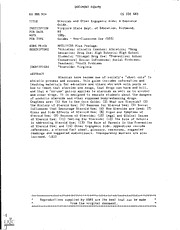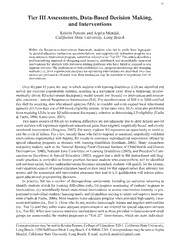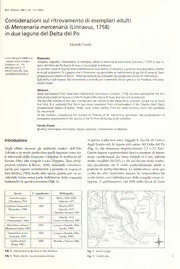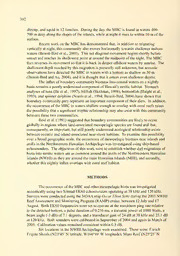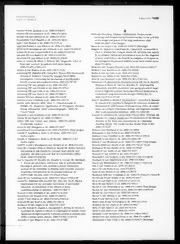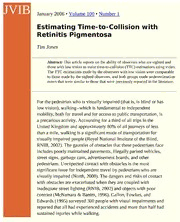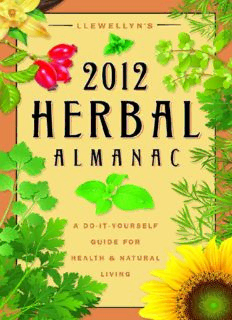
Llewellyn’s herbal almanac 2012 PDF
Preview Llewellyn’s herbal almanac 2012
Copyright Information Llewellyn’s Herbal Almanac © 2011 All rights reserved. No part of this may be used or reproduced in any matter whatsoever, including Internet usage, without written permission from Llewellyn Publications, except in the form of brief quotations embodied in critical articles and reviews. As the purchaser of this e-book, you are granted the non-exclusive, non-transferable right to access and read the text of this ebook on screen. The text may not be otherwise reproduced, transmitted, downloaded, or recorded on any other storage device in any form or by any means. Any unauthorized usage of the text without express written permission of the publisher is a violation of the author’s copyright and is illegal and punishable by law. First e-book edition © 2011 E-book ISBN: 9780738732091 Cover designed by Kevin R. Brown Edited by Sharon Leah Cover Images: Mint: iStockphoto.com, Evgeniy Ivanov; Vanilla Flower and Mint Herb: iStockphoto.com, Eleonora Kolotseva; Tea Cup with Rose Hits: iStockphoto.com, Eleonora Ivanova; Basil, Parsley, Cilantro: iStockphoto.com, Wendy Miranda; Italian Parsley in Flower Pot, French Tarragon in Flower Pot, and Sweet Marjoram Herb Icon: iStockphoto.com, Joan Loitz; Sunflower: iStockphoto.com, Alex van de Hoef Interior Art: © Fiona King, excluding illustrations on pages 2–4, which are © Mary Azarian Llewellyn Publications is an imprint of Llewellyn Worldwide Ltd. Llewellyn Publications does not participate in, endorse, or have any authority or responsibility concerning private business arrangements between our authors and the public. Any Internet references contained in this work are current at publication time, but the publisher cannot guarantee that a specific reference will continue or be maintained. Please refer to the reference will continue or be maintained. Please refer to the publisher’s website for links to current author websites. ISBN 978-0-7387-1205-5 Llewellyn Publications Llewellyn Worldwide Ltd. 2143 Wooddale Drive Woodbury, MN 55125 www.llewellyn.com Manufactured in the United States of America Table of Contents Introduction to Llewellyn’s Herbal Almanac Growing and Gathering Herbs Urban Herb Gardening Tips by JD Hortwort Herbal Honey Harvests by Suzanne Ress Full Sun Spotlight by Elizabeth Barrette Fertilizers for Free by Janice Sharkey Herb Q and A by JD Hortwort Plants Need Friends, Too by Misty Kuceris How to Contain Your Garden by Alice DeVille Culinary Herbs Grilling with Herbs by Susan Pesznecker Go Wild: Free-Range & Game Meat Seasonings by Elizabeth Barrette Quick Cuisine by Dallas Jennifer Cobb Delectable, Edible Herb Flowers by Suzanne Ress Royal Basil by Harmony Usher Herbs for Health and Beauty Energy-Opening Herbs by Tess Whitehurst Herbal Nervines by Calantirniel Herb Soups that Heal by Darcey Blue French Herbal Remedies for Hot Lungs by Sean Donahue Shoo Fly by Elizabeth Barrette Herb Crafts Essential Crafting Tools by Susan Pesznecker Sunflowers by JD Hortwort Aromatherapy by Calantirniel Fragrant Graces by Elizabeth Barrette Autumn Luck Bag by Lucy Hall Kelly Herb History, Myth, and Lore Nastrutium: Sparks in the Garden by Linda Raedisch Tale of the Cattail by Susan Pesznecker Herb, Healers & Charms by Sharynne MacLeod NicMhacha World of Ethnobotany by Susan Pesznecker The Doctrine of Signatures by J. Lee Lehman PhD The Future of Herbs by Diana Rajchel Moon Signs, Phases, and Tables The Quarters and Signs of the Moon January-December Moon Tables Dates to Destroy Weeds and Pests About the Authors Introduction to Llewellyn’s Herbal Almanac T he herbal landscape is an ever-evolving one. The slow warming of our planet has seen temperate climates creeping toward the poles, while consumer trends prompt more immediate changes. But through it all, homegrown herbs still make a lasting impact. Llewellyn’s 2012 Herbal Almanac takes a look at the year-round effects of herbs, re-examining the research on uses of herbs as medicine, as culinary spices, as cosmetics, and more. This year we once again tap into practical, historical, and just plain enjoyable aspects of herbal knowledge—using herbs to help people manage personal energy flow, combat pesky insects, craft with herbs, plant and care for herb gardens, make infusions, tinctures, and teas; and, of course, trying out fabulous new recipes. And we bring to these pages some of the most innovative and original thinkers and writers on herbs. Growing, preparing, and using herbs allows us to focus on the old ways— when men and women around the world knew and understood the power of herbs. Taking a step back to a simpler time is important today as the pace of everyday life quickens and demands more and more of our energy—leaving precious little room for beauty, good food, health, love, and friendship. This state of affairs is perhaps not terribly surprising considering so many of us are out of touch with the beauty, spirituality, and health-giving properties of the natural world. Many of us spend too much of our lives rushing about in a technological bubble. We forget to focus on the parts of life that can bring us back into balance and harmony. Though it’s getting more difficult, you can still find ways to escape the rat race once in a while. People are still striving to make us all more aware of the uplifting, beautiful ways that herbs can affect our lives. In the 2012 edition of the Herbal Almanac, the authors pay tribute to the ideals of beauty and balance in relation to the health-giving and beautifying properties of herbs. Whether it comes in the form of energy-opening herbs, crafting your own bug repellents, or a new favorite recipe, herbs can clearly make a positive impact in your life. Herbs are the perfect complement to the power of the mind, an ancient tool whose time has come back around to help us restore balance in our lives. More and more people are using herbs, growing and gathering them, and studying them for their enlivening and healing properties. We, the editor and authors of this volume, encourage the treatment of the whole organism—of the person and of the planet—with herbal goodness. Note: The old-fashioned remedies in this book are historical references used for teaching purposes only. The recipes are not for commercial use or profit. The contents are not meant to diagnose, treat, prescribe, or substitute consultation with a licensed health-care professional. Herbs, whether used internally or externally, should be introduced in small amounts to allow the body to adjust and to detect possible allergies. Please consult a standard reference source or an expert herbalist to learn more about the possible effects of certain herbs. You must take care not to replace regular medical treatment with the use of herbs. Herbal treatment is intended primarily to complement modern health care. Always seek professional help if you suffer from illness. Also, take care to read all warning labels before taking any herbs or starting on an extended herbal regimen. Always consult medical and herbal professionals before beginning any sort of medical treatment—this is particularly true for pregnant women. Herbs are powerful things; be sure you are using that power to achieve balance. Llewellyn Worldwide does not participate in, endorse, or have any authority or responsibility concerning private business transactions between its authors and the public. [contents] Growing and Gathering Herbs Urban Herb Gardening Tips by JD Hortwort M ost herbs are tolerant of harsh growing conditions—even those found in our urban centers, which are man-made heat wells. With a little direction and some perseverance, urban gardeners can grow plenty of herbs for the kitchen, bath, or cupboard. It is a lucky urban gardener, indeed, who has access to a plot of land for gardening. Some cities provide access to community garden land.1 But if a little piece of land isn’t available, the urban gardener often turns to container gardening. Fortunately, gardening in containers allows the grower to maximize limited space. Most culinary herbs will fill out a large pot, and any herb that trails across the ground can be encouraged to run up a trellis. If you want to plant herbs and you have limited space, the first thing to do is survey what you have available and choose the most appropriate growing space. Even plants that are grown in containers will need adequate light. The best growing location is a southern exposure that gets sun throughout the day. A western exposure, where the sun hits the location from midday onward, is next best. Finally, an eastern exposure that sees sunlight from early morning until around noon will work well for many herb plants. While most herb plants need at least four hours of direct sunlight, it’s possible to grow a selection of herbs that will survive in the shade. Your choices will be limited, though. Northern exposures that receive no sunlight will be very challenging! Tips on Containers, Soil, and Planting Let’s work from the assumption that light will not be a problem, even if the available space is only a windowsill. The next step is to develop the “land.” You need pots that are at least 12 inches deep to accommodate plant roots. Garden centers usually carry a variety of sizes, and the 10-to 15-gallon plastic pots are excellent. Don’t forget those pickle buckets that restaurants go through by the dozens. Both of these types of containers are big enough to grow a variety of
Description:The list of books you might like

The Sweetest Oblivion (Made Book 1)

What Happened to You?

The 5 Second Rule: Transform your Life, Work, and Confidence with Everyday Courage

Atomic Habits James Clear

Visual Studio Code Distilled: Evolved Code Editing for Windows, macOS, and Linux, 3rd Edition
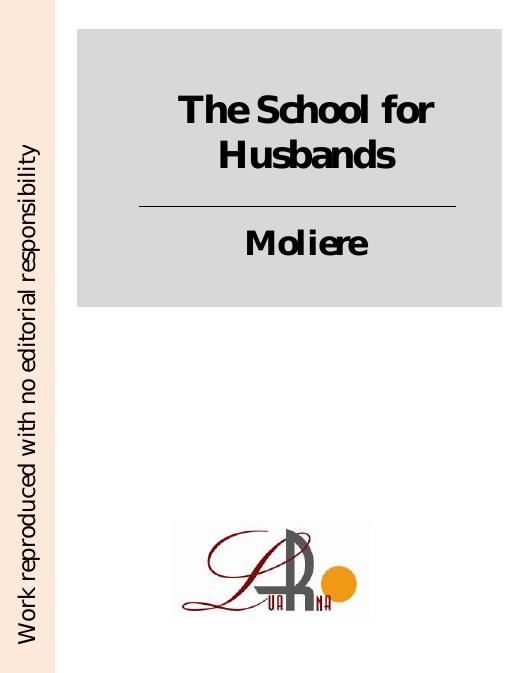
The School for Husbands

AR-M236 AR-M276
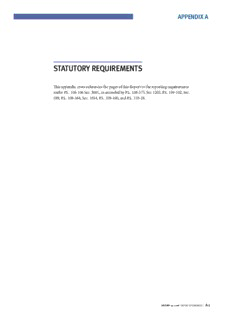
Appendices for this Quarterly Report, including contractor - PSM

Social Work 1993: Vol 38 Index

System Engineering and Integration of Controls for Advanced Life Support
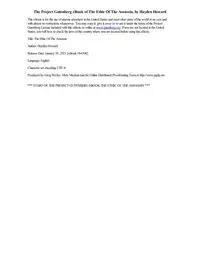
The Ethic of the Assassin by Hayden Howard

Tales of Men and Ghosts by Edith Wharton

Der gegenwärtige Stand der intralumbalen Therapie mit Ausschluß der Serumtherapie

Highwood water management plan, phase 1 : Public Advisory Committee final report, June 2006
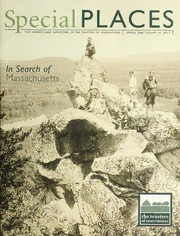
Special places : a newsletter of The Trustees of Reservations
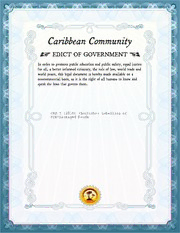
CRS 5: Labelling of Pre-packaged Foods
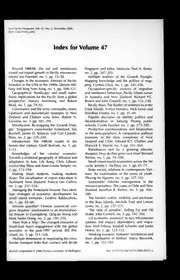
Asia Pacific Viewpoint 2006: Vol 47 Index

Calculating the ACA PCORI & Reinsurance Fees
